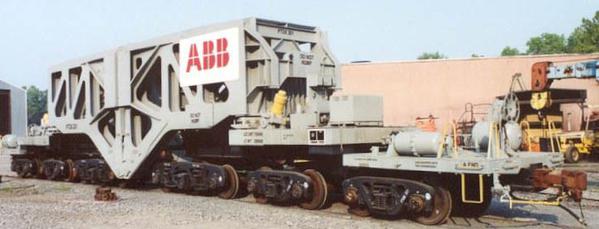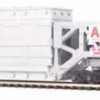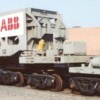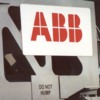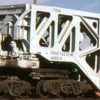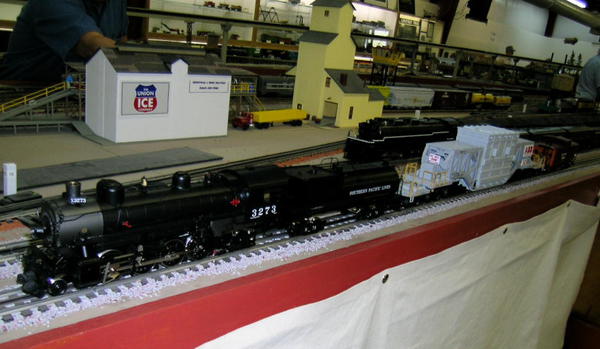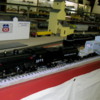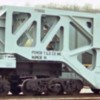Originally Posted by WftTrains:
Other than the number is there any difference between this MTH WECX 212 made in 2012 and the WECX 203, the first MTH Schnabel made in 2000? In other words has MTH made any changes to the design?
Also, attached is another video of a Schnabel car running. The Schnabel in this video is the WECX 203. Also note the different shade of blue on the last 2 cars in the train which are K-Line.
Bill
This is the same design as the original issue. However my model has been modified to improve tracking and stability.
I have completely disassembled the car to make modifications to improve the performance on curves. The first objective was to add weight to the bottom of the transformer load. The transformer comes apart after the 4 bottom screws are removed. Weight was added to the transformer to lower the center of gravity.
The chassis is held together with various screws. I removed the screw that holds the hydraulic control box to the "porch". With this screw removed the top "porch" can be separated from the cast metal frame. The upper assemblies which attach to the transformer load are held in place by a Philips head screw at the "pivot" point. I removed this screw and next I removed the small screw that retains each "porch" assembly. (I did not replace this screw since it appeared that it was restricting rotation at the "pivot" point.)
Next I added a small custom made piece made from wood and installed this within the metal casting to provide better support at the "pivot" point. Before I re-assembled the car I also used a small round file to burnish the opening in the metal casting where the upper assembly is attached. I checked to see that these assemblies would freely rotate side to side before completing the assembly. Finally I replaced the "bettendorf" style trucks on the model with roller bearing types. With these modifications and changes my MTH model negotiates O-72 curves and turnouts without any problem.
When operating the schnabel "without transformer load" I use a separate "drawbar" which attaches directly to the 3-axle trucks.






